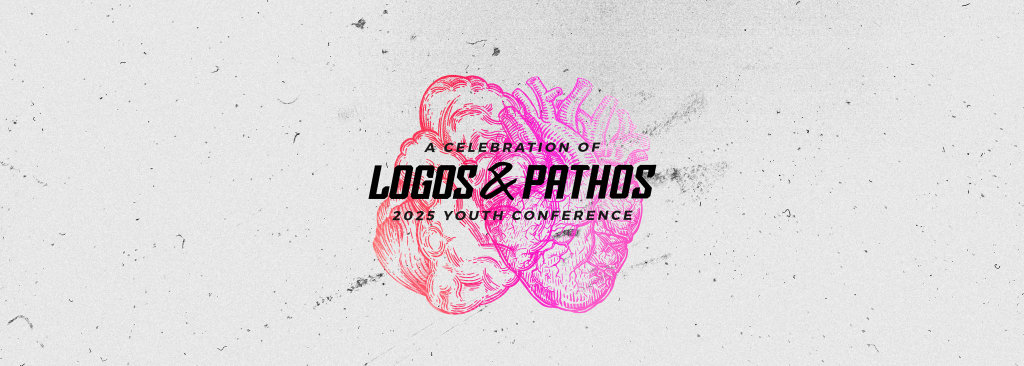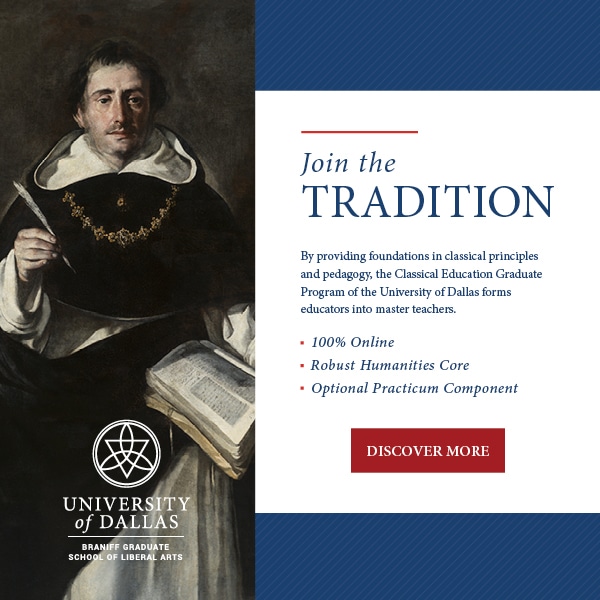On Calligraphy and Repentence
I had the privilege of attending the Odyssey book retreat in Blowing Rock this past summer, and it was life-altering in many ways. One morning, after a sumptuous breakfast, the group was settling down in the Kern’s living area in various cushioned chairs. I positioned myself so that I could see out the back doors over the deck–so I could get a view of the rolling mountains sitting in the distance.
I found myself next to a nice lady whose name I had (of course) forgotten, and I happened to look over at the notebook she had in her lap for taking notes. I couldn’t help but stare: the pages of her journal were flowing with the most beautiful handwriting I had ever seen. I think I may have felt self-conscious as I jotted notes in my own notebook after I had seen her handiwork.
The last day of the conference I spoke with this lady and confided that I had been smitten by the beauty of her writing in her notebook. She had taught a course in calligraphy, it turned out, and she recommended to me a good book and pen to start with if I was interested in learning. I wrote them down so I wouldn’t forget. “Could I really learn to write like that?” I wondered.
Normally my apathy gets the better of me, but this time I tracked down the book and pen that had been recommended. I was still dubious, though: what if I wasn’t good enough, skilled enough, artistic enough to do calligraphy?
That was some 6 months ago, and I am now hopelessly enamored with calligraphy. It’s hard to explain my excitement over something so…old fashioned. There was a time when calligraphy wouldn’t have interested me in the slightest either–but I have found in it a powerful metaphor that is transforming me in deep ways.
After picking which script you are going to learn, you begin by practicing just a single letter–‘a‘. First, you write a whole line of a‘s, then another, and when you have filled the entire page with a‘s you get a new sheet of paper and start again. Then you repeat this process. Learning calligraphy is essentially a discipline in revision.
Because The first thing you will notice when you write your first a is that it looks terrible–just awful. I don’t know how I endured my first few pages of calligraphy. But the process itself is fairly straightforward and simple: do your best to draw what you see; compare what you have drawn to the form you are imitating; judge the deficiencies in your own work ruthlessly, noting all aberrations in your own creation; make note of how to conform your next letter more closely to the original so that you don’t make the same mistake. Then–do it all over again.
The process of learning calligraphy described above is essentially the same process as sanctification, as repentance itself. The Christian life–imitation of Christ–is a process of trying to make your own ‘form’ conform to His–failing, and then trying to succeed again. Every day you draw an a with your life, and you must inspect it and hold it up to the Truest of all Forms–Christ himself. It can be discouraging, for both repentance and calligraphy will require a great deal of hope to fend off the despair of failure.
One of the hardest things in learning calligraphy is disciplining yourself to remember to keep turning your eyes back to your idea a, to the form you are imitating and trying to duplicate. I have watched both myself and my students dive headlong into pages and pages of practice a‘s without once checking to see how our letter matched up to the original–and so the same mistakes are repeated over and over without detection. It is so much easier to get lost in just drawing your perception of ‘a’ instead of working to conform your letter to an external standard. And of course this requires another difficult task–being brutally honest with yourself. You wouldn’t believe how hard it can be to see that your a varies distinctly from the original; our eyes are quick to see success where there is little or none, and must strain to spot our own failures and shortcomings. Of course…all of the above is also true of repentance.
Kallistos Ware has this to say of repentance:
“‘The beginning of salvation is to condemn oneself’ (Evagrius). Repentance marks the starting-point of our journey. The Greek term metanoia…signifies primarily a ‘change of mind.’ Correctly understood, repentance is not negative but positive. It means not self-pity or remorse but conversion, the re-centering of our whole life upon the Trinity. It is to look not backward with regret but forward with home–not downwards at our own shortcomings but upwards at God’s love. It is to see, not what we have failed to be, but what by divine grace we can now become; and it is to act upon what we see. To repent is to open our eyes to the light. In this sense, repentance is not just a single act, an initial step, but a continuing state, an attitude of the heart and will that needs to be ceaselessly renewed up to the end of life. In the words of St Isaias of Sketis, ‘God requires us to go on repenting until our last breath.’ ‘This life has been given you for repentance,” says St Isaac the Syrian. ‘Do not waste it on other things.'”
What I love most about calligraphy is that it helps me understand repentance. One letter at a time, one moment at a time, I am learning to conform myself to the perfect logos.
Joshua Leland
Josh Leland is a humanities teacher at Covenant Classical School in Concord, NC. He earned his BA and MA in English from the University of North Carolina at Charlotte. He and his wife, Rebekah, also a teacher, and their five children, Ransom, Calvin, Alethea, Mary, and Olga live in Charlotte, NC. [Editor's note: He's also quite a good poet].












2 thoughts on “On Calligraphy and Repentence”
What’s the book and pen??
I want to know that, too!!